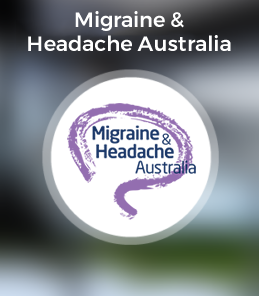Description
An AVM is a tangled mesh of abnormal blood vessels directly connecting arteries to veins in the brain. AVMs form accidentally prior to birth. An AVM can form almost anywhere in the brain, brainstem, or spinal cord, but they are commonest in the main cerebral hemispheres. An AVM near or on the outer surface of the brain can cause bleeding there (a subarachnoid haemorrhage); if deeper, it can cause bleeding inside the brain itself (intracerebral haemorrhage) – forms of haemorrhagic stroke. (See Stroke)
The haemorrhage may be large or small, and depending on the extent and location of the bleed, damage to brain tissues may be fatal or disabling, or relatively slight.
AVMs occur in approximately 3 of every 10,000 people. They appear rarely in several generations of the same family, and are more common in men. Bleeding from an AVM most often occurs between the ages of 10 and 30.
The most common symptoms of AVM (as those of haemorrhagic stroke) are:
- Sudden and severe headache, which may be localized or general, or resemble migraine headache in some cases
- Vomiting occurring with headache
- Vision changes including decreased, double or blurred vision
- Seizures (fits)
- Muscle weakness in any part of the body
- Decreased sensation in any part of the body
- Sleepiness, lethargy, disorientation, irritability
- Stiff neck
Treatment
A bleeding AVM is a medical emergency and requires immediate hospitalization.
The goal of treatment is to prevent further complications by limiting bleeding, controlling seizures and, if possible, removing the AVM.
The main types of teatment are
- Open brain surgery,
- Endovascular treatment (a minimally invasive operation where a glue-like material is delivered into the diseased vessel, thus blocking it – this technique is called embolisation)
- Radiosurgery – focussing radiation on the diseased vessel.
Often these treatments will be used in combination.
AVMs that haemorrhage can lead to serious neurological problems, and sometimes death. However, some people have AVMs that never cause problems.
Prognosis
The expected outcome varies. Approximately 10% of cases which have haemorrhage as the first symptom are fatal. Seizures and neurologic changes may be permanent or may resolve with treatment.
Possible complications which may occur are:
- Intracerebral haemorrhage
- Subarachnoid haemorrhage
- Seizures
- Permanent neurologic changes such as paralysis or sensory problems
- Numbness of a part of the face or body
- Vision changes
- Language difficulties
- Persistent headache
- Hydrocephalus (A build-up of fluid in and around the brain and spinal cord.)
Appropriate treatment will assist in full or partial recovery from most of these
Further Information and Support
In 2018 Dr Zhenju Zhao was the recipient of Brain Foundation grant funding for research into AVMs – click for more.
Click here for the latest Australian research papers on Arteriovenous Malformation.
Researcher Essay – Zhao Zhenju
National Stroke Foundation (with information on support services throughout Australia)
www.strokefoundation.org.au
National Institute of Health – USA
www.nlm.nih.gov/medlineplus/ency/article/000779.htm
Reviewed by Professor Nicholas Dorsch, Department of Neurosurgery, Westmead Hospital
DISCLAIMER: The information provided is designed to support, not replace, the relationship that exists between a patient / site visitor and his / her existing health care professionals.





 The Brain Foundation is the largest, independent funder of brain and spinal injury research in Australia. We believe research is the pathway to recovery.
The Brain Foundation is the largest, independent funder of brain and spinal injury research in Australia. We believe research is the pathway to recovery.